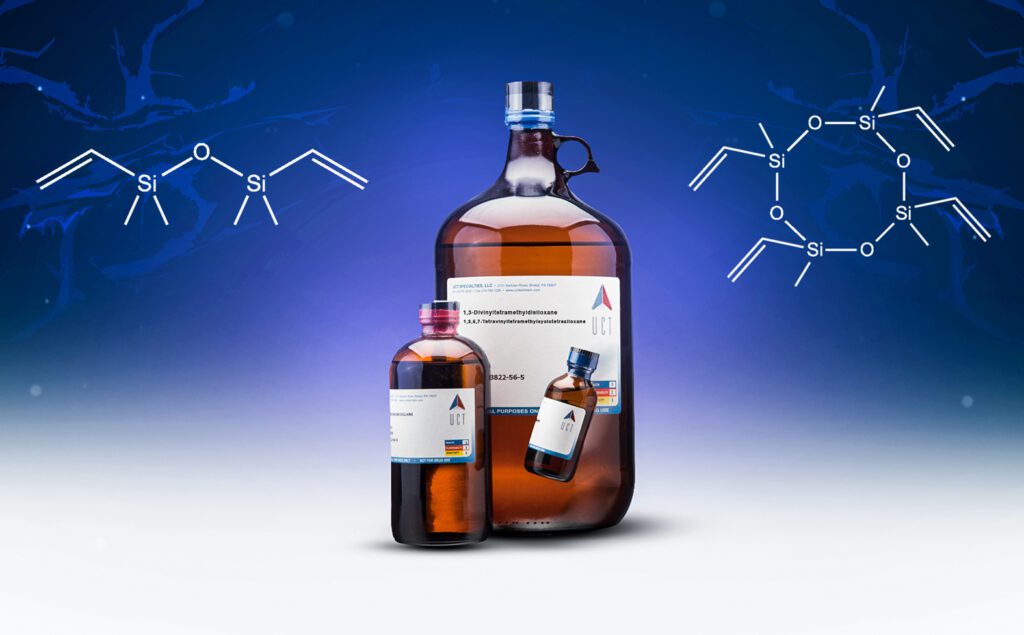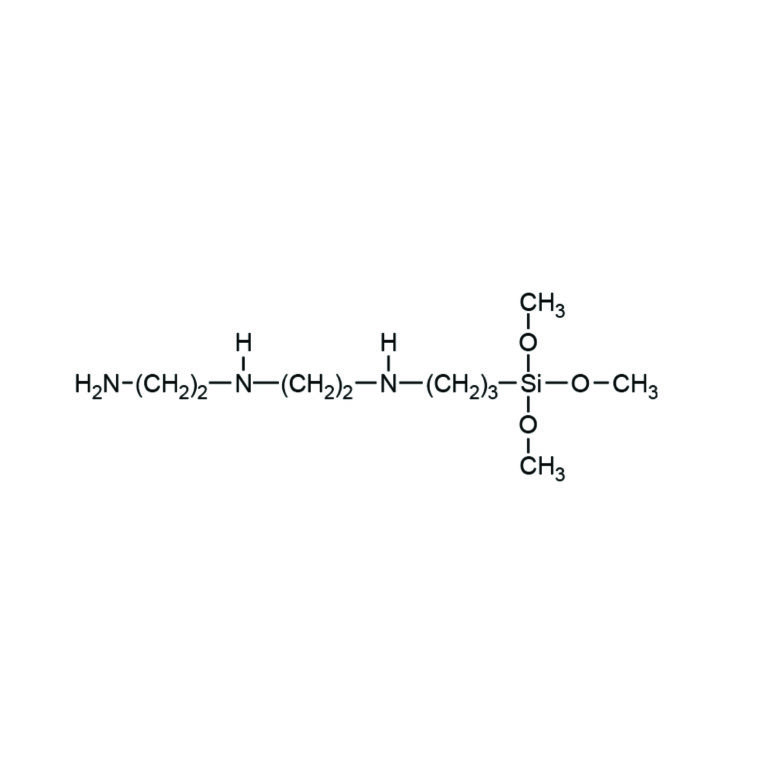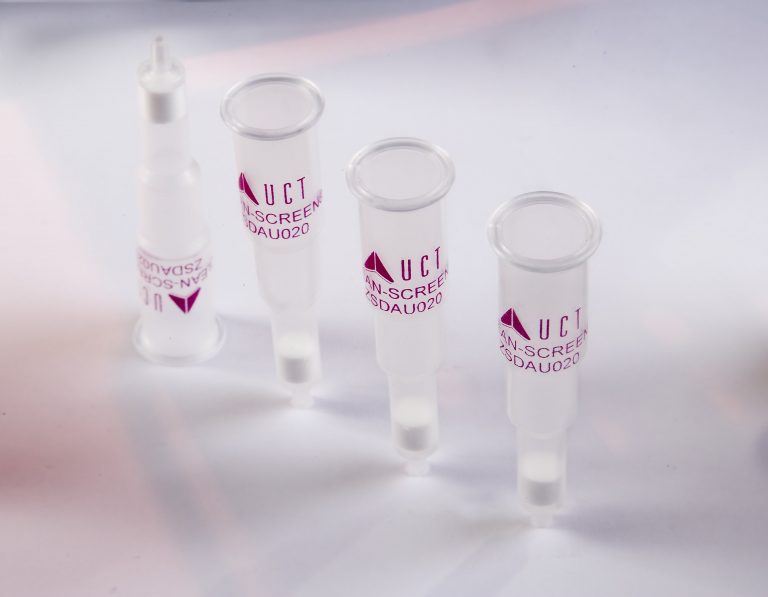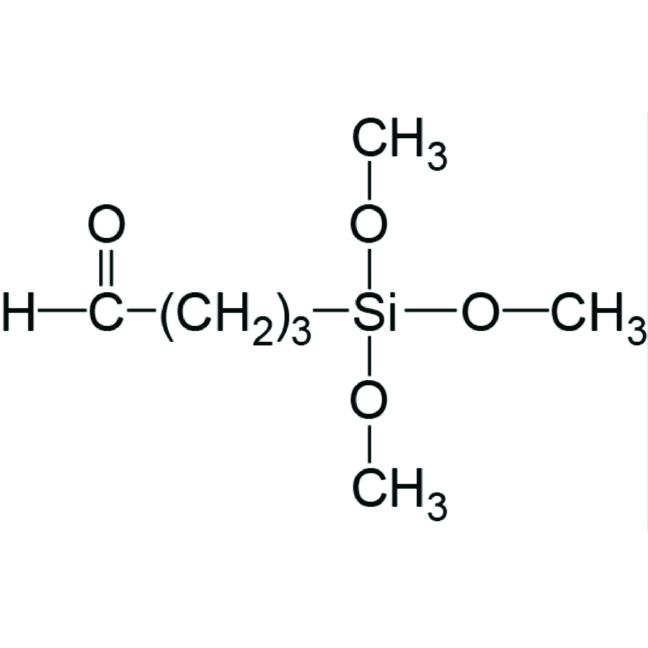Synthesis and Properties of Cross-Linkable Polysiloxane Using a Super base Catalyst


1,3-Divinyltetramethyldisiloxane (D6210)
1,3,5,7-Tetravinyltetramethylcyclotetrasiloxane (PS925; aka Cyclic vinylmethylsiloxanes)
Polysiloxanes are widely used in the semiconductor industry as encapsulation materials. These materials have high electrical insulation characteristics and are highly transparent to solar radiation, as well as having a high degree of both chemical inertness and thermal stability leading to a large range of operational temperatures and good weatherability. As encapsulation materials they play a huge role as hydrophobic layers that provide protection from moisture-related corrosion. The drawback tends to be low glass transition temperatures, or the temperature at which a material transitions between a glassy, hard state and a rubbery state. Low glass transition temperatures can lead to lower tensile strength, less heat resistance and lower thermal stability. This can be mitigated by crosslinking the polymer during the processing steps. A group from I-Shou University in Taiwan chose to study the synthesis of these crosslinked polymers via a radical reaction, which is more selective than other reaction and forms less undesirable side-products. This group focused on the anionic ring-opening polymerization of a mixture of UCT’s 2,4,6,8-tetramethyl-2,4,6,8-tetravinylcyclotetrasiloxane (PS925) and 1,3-divinyltetramethyl-disiloxane (D6210) using a phosphazene based “superbase” catalyst, a very strongly basic emergent catalyst which only needs a very low loading and can have very specific reactivity for many applications allowing for more metal-free catalytic reactions. Utilizing PS925 and D6210, along with one other siloxane, this group produced 7 variations of a vinyl containing polysiloxane in high yields with varying average molecular weights and viscosities. As the focus of this research was on the synthesis and initial characterization of the produced materials, and to show how specific the catalyst could be, this group certainly succeeded. In the future, this chemistry could be applied to produce many other polysiloxane materials, ideally with the ability to target certain desirable properties through the high specificity of the catalyst.
Citation: Tai, H.-J.; Yeh, N.-M., Gao, Z.-H., Synthesis and Properties of Cross-Linkable Polysiloxane Using a Super base Catalyst, IRE Journals, 2020, 3 (8), 42-45.
https://www.irejournals.com/formatedpaper/1701928.pdf






